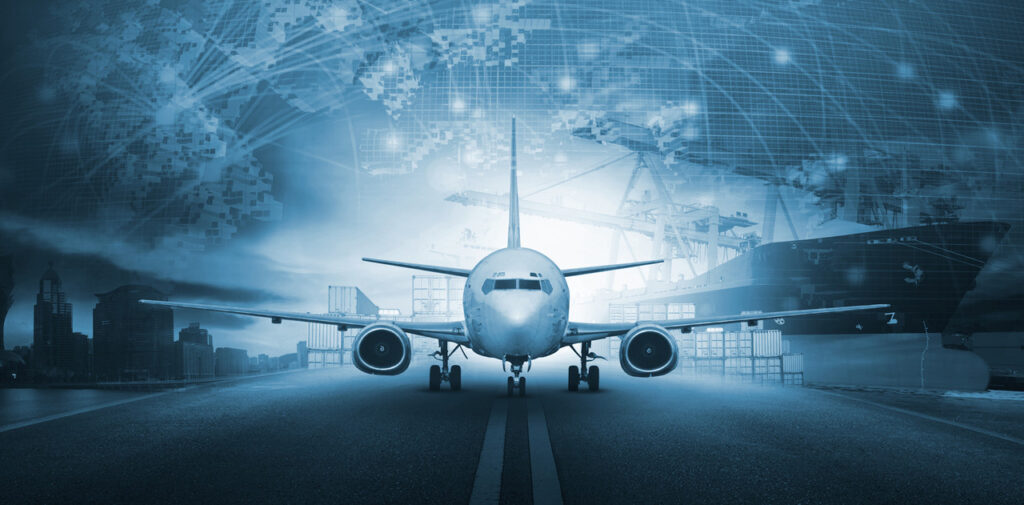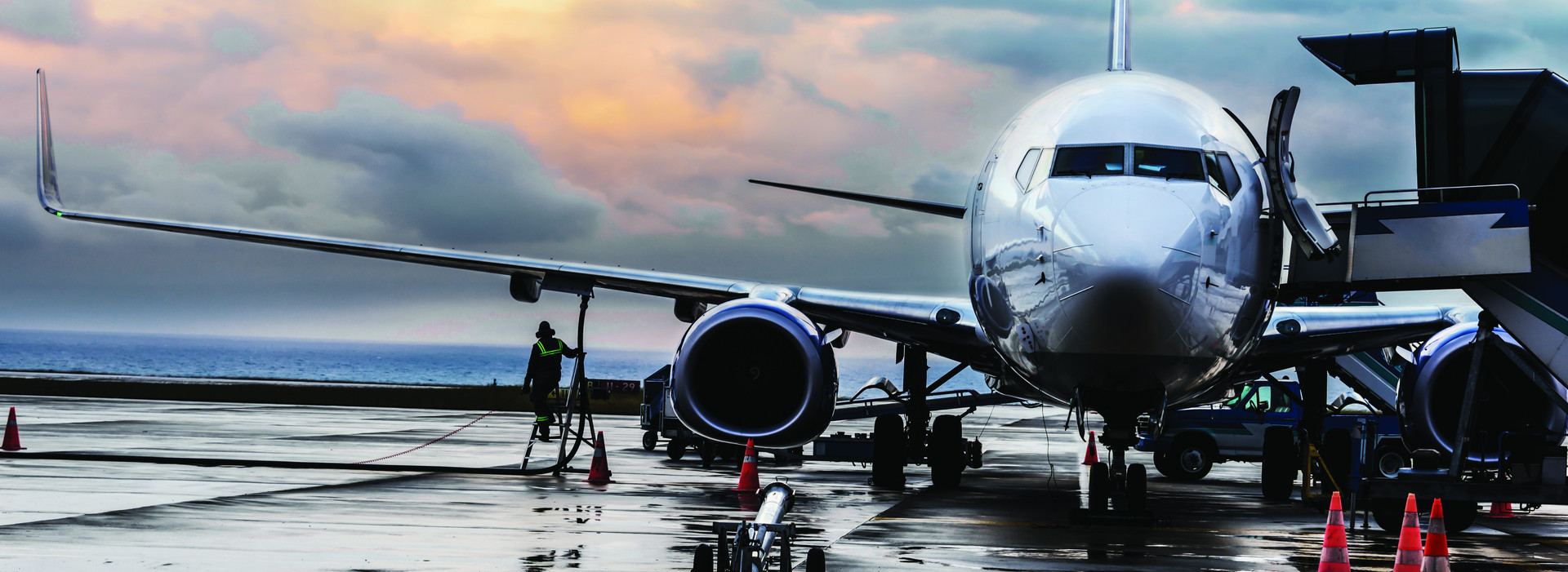In an era marked by rapid technological advancements and evolving challenges, the aviation industry is increasingly turning to digitalization as a means to enhance its resilience. Digitalization, characterized by the integration of digital technologies into all aspects of aviation operations, holds the potential to revolutionize the way airlines, airports, and air navigation service providers (ANSPs) manage disruptions, optimize performance, and ensure continuity in the face of adversity. In this article, we explore the multifaceted role of digitalization in enhancing aviation resilience, from improving operational efficiency and safety to enabling agile response to crises and disruptions.
Digitalization and Operational Efficiency:

One of the primary benefits of digitalization in aviation is its ability to optimize operational efficiency across the entire value chain. By leveraging data analytics, predictive modeling, and automation, airlines and airports can streamline processes, minimize delays, and maximize resource utilization. For example, predictive maintenance systems powered by machine learning algorithms can anticipate equipment failures and schedule maintenance proactively, reducing unplanned downtime and enhancing aircraft reliability. Similarly, digital twin technology enables airlines to simulate and optimize flight operations in real-time, allowing for more efficient route planning, fuel consumption management, and crew scheduling.
Furthermore, digitalization facilitates seamless collaboration and communication among stakeholders within the aviation ecosystem. Cloud-based platforms, mobile applications, and integrated data sharing systems enable real-time information exchange and decision-making, enhancing situational awareness and coordination during normal operations and crisis situations. By breaking down silos and fostering collaboration, digitalization promotes a more agile and responsive aviation system capable of adapting to dynamic operational requirements and external challenges.
Digitalization and Safety:
In addition to improving operational efficiency, digitalization plays a crucial role in enhancing safety within the aviation industry. Advanced analytics and predictive modeling enable proactive risk identification and mitigation, allowing airlines and ANSPs to anticipate potential safety hazards and take preventive measures before they escalate into incidents or accidents. For instance, data-driven safety management systems (SMS) analyze vast amounts of operational data to identify trends, patterns, and emerging risks, enabling stakeholders to implement targeted safety interventions and continuous improvement initiatives.
Moreover, digitalization facilitates the implementation of advanced safety technologies, such as collision avoidance systems, terrain awareness and warning systems (TAWS), and automated flight control systems. These technologies leverage artificial intelligence, machine learning, and sensor-based technologies to enhance situational awareness, reduce human error, and mitigate the risk of accidents caused by operational factors or environmental conditions. By integrating these safety technologies into aircraft and air traffic management systems, digitalization contributes to a safer and more resilient aviation environment for passengers, crew, and stakeholders.
Digitalization and Crisis Management:

Perhaps the most significant impact of digitalization on aviation resilience is its role in crisis management and response. During crises such as natural disasters, pandemics, or security threats, digital technologies enable rapid decision-making, communication, and resource allocation, allowing stakeholders to mitigate the impact of disruptions and maintain essential services. For example, crisis management platforms equipped with real-time data feeds, geospatial analysis tools, and communication features enable airlines and airports to monitor unfolding events, assess risks, and coordinate emergency response efforts in collaboration with government agencies and emergency services.
Furthermore, digitalization enables the implementation of remote work capabilities, virtual command centers, and alternative operational procedures, ensuring business continuity and operational resilience in the face of unexpected disruptions or emergencies. Cloud-based infrastructure, digital communication channels, and remote access technologies empower aviation professionals to perform critical functions from any location, minimizing the impact of physical constraints or travel restrictions during crises. By embracing digitalization, airlines, airports, and ANSPs can build adaptive and resilient operational models capable of withstanding unforeseen challenges and maintaining service continuity under adverse conditions.
In conclusion, digitalization plays a pivotal role in enhancing aviation resilience by improving operational efficiency, safety, and crisis management capabilities. By harnessing the power of data, analytics, and digital technologies, airlines, airports, and ANSPs can optimize performance, mitigate risks, and ensure continuity in the face of disruptions. As the aviation industry continues to evolve in an increasingly complex and interconnected world, digitalization will remain a cornerstone of resilience, enabling stakeholders to adapt to changing circumstances, anticipate future challenges, and uphold the highest standards of safety and service reliability.

